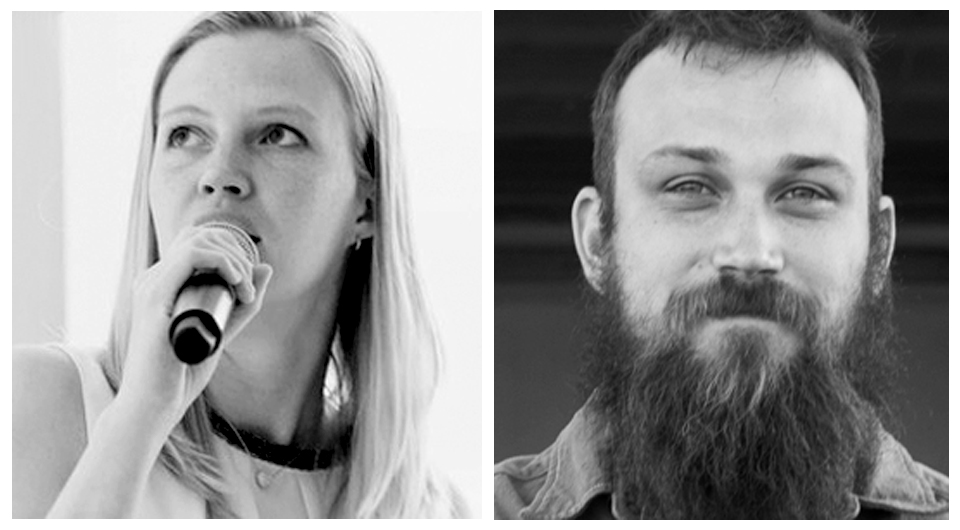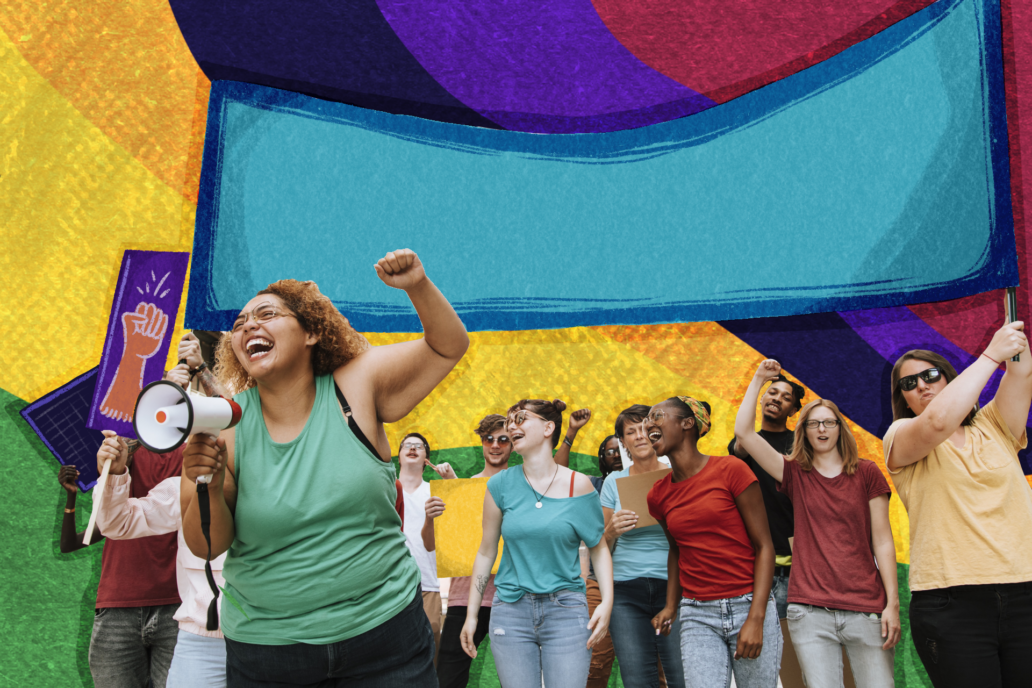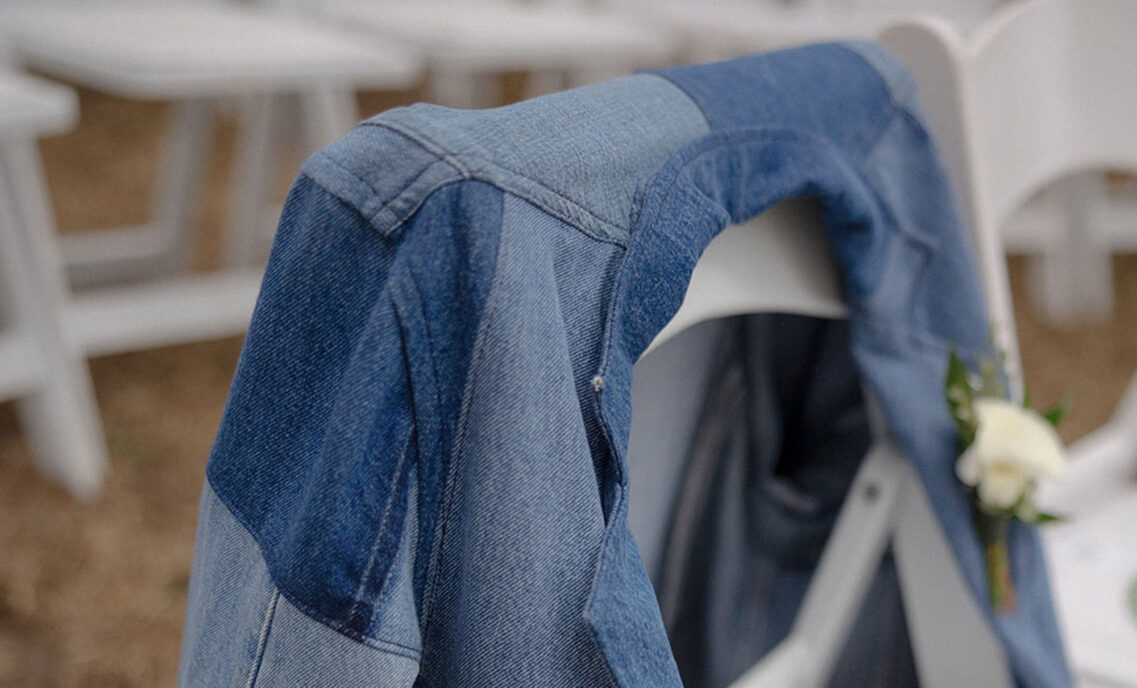Over the next month we are highlighting the fellows in our second class of the Levi Strauss & Co. Collaboratory. These 12 change-makers, who are committed to social and environmental progress, will attend an exclusive workshop at the Eureka Innovation Lab in June for inspiration, ideation and to collaborate on ideas to reduce the climate impact of the apparel industry.
RYAN HUSTON
Founder & General Manager of Huston Textile Company, maker of high-quality, small-batch, USA-made organic cloth using vintage looms.
“At my core, I’m a family man with a great curiosity for learning about textiles and their environmental impact. I want to share that knowledge to ensure a healthy future.”
What inspired you to start Huston Textile Company?
Following my service in the U.S. Army and a tour in Iraq, my wife and I decided to build a business that reflects what the American Dream means to us. We began the Huston Textile Company in the fall of 2012, with the vision of making high-quality, small-batch cloth using vintage American-made machines.
Growing up in a single parent household, my mom was always sewing to make ends meet. She taught me how to sew and I am always fixing things, so the challenge of taking old machinery apart and making it work again, combined with the art of fabric design and weaving textiles on vintage machines is a natural fit.
Why is tackling climate change important to you?
It’s inherent for me to be the best steward of the earth I can be. The earth was around long before I existed and will be here long after I am gone. The choices we make today determine our environment for future generations.
What are you interested in exploring as part of the Collaboratory?
We are interested in sourcing raw materials from farmers who can implement climate beneficial farming practices. We want to work with cotton farmers who use drip irrigation instead of flooding and targeted pest control or fertilizer rather than blanket spraying their crop. We want to work with sheep headers who use carbon sequestering on their grazing lands to draw down carbon from the atmosphere into the soil. These fibers are more sustainable than conventionally sourced fiber – using less water and chemicals, and drawing down carbon – and we want to encourage more farmers to adopt to these practices.
ANN RUNNEL
Founder of Reverse Resources, a data platform for garment factories that allows them to share production leftover information with next best users.
“I’d like to spark disruptive change in the textile industry by giving garment factories an incentive to share real-time information to enable a circular economy on a mass scale.”
Tell us more about Reverse Resources.
I have built up a great team, and carried out extensive research in garment factories in China, Bangladesh and Sri Lanka to understand how to implement circular economy principles on the production side of the industry. We realized that there are systemic reasons why most fashion brands underestimate the actual volumes of their production leftovers, as well as the business opportunity from it. Our software platform will make it much easier for factories to find better ways to reuse and recycle fabric scraps, and increase revenues from that.
What are the potential benefits?
We talked to retailers and garment factories, and found that more than 25 percent of the fibers and fabrics they purchase are left over after fabric and garment production. In Bangladesh alone, that means there is enough material left over to make another 1.6 billion garments. Although there is already some recycling of leftovers to make new yarns, most of these materials end up in the waste stream or get downcycled. We have verified how all stakeholders – factories, traders of leftovers, recyclers and brands – could benefit from turning the system more efficient.
What do you hope to get out of the Collaboratory?
We’re still in the early stages of demonstrating the business model of our software platform, which in our case is most viable when applied in large scale production. Learning from large market leading brands to help validate the model is the best support we could ask for in this stage.







